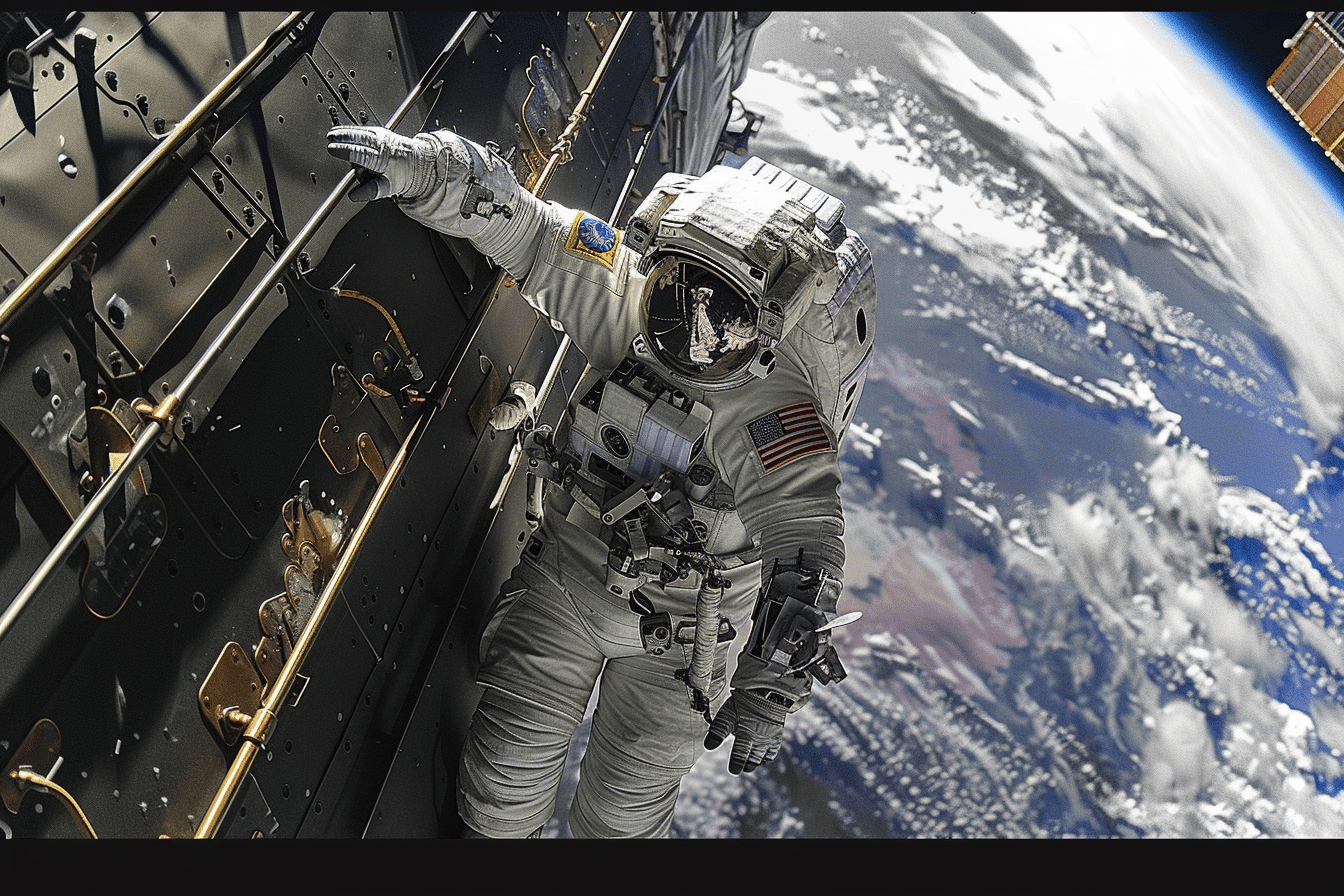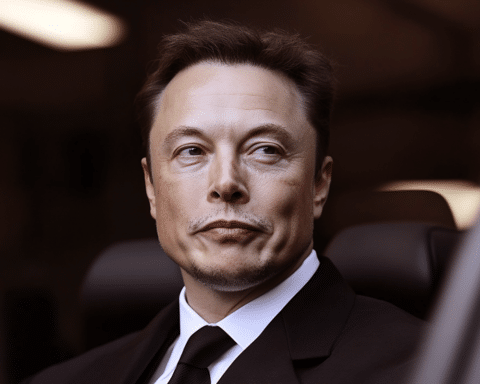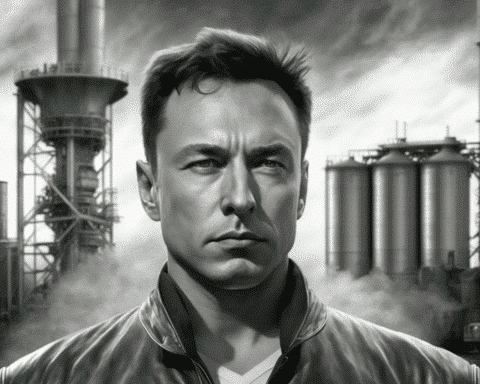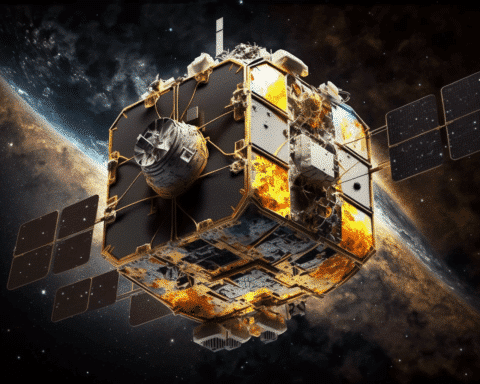NASA has selected SpaceX to construct a specialized vessel to safely deorbit the International Space Station (ISS), bringing it back through Earth’s atmosphere and guiding it to a final resting place in the Pacific Ocean upon its retirement in 2030. This decision marks a significant milestone in ensuring the ISS’s safe and responsible conclusion of operations.
The $843 Million Contract Awarded to SpaceX
Elon Musk’s SpaceX has been awarded a contract worth up to $843 million to develop the US Deorbit Vehicle, a spacecraft specifically designed to manage the ISS’s return to Earth. “Selecting a US Deorbit Vehicle for the International Space Station will help NASA and its international partners ensure a safe and responsible transition in low Earth orbit at the end of station operations,” said NASA’s Ken Bowersox.
The Mechanics of Deorbiting the ISS
Weighing in at 430,000 kilograms (950,000 pounds), the ISS is the largest man-made structure in space. NASA engineers have detailed the process for its deorbiting, which is expected to occur in three stages based on past experiences with other space stations like Mir and Skylab. First, the station’s solar arrays and radiators will detach. Next, the individual modules will separate from the truss structure. Finally, the truss and the remaining modules will break apart. While much of the material will vaporize upon re-entry, larger pieces are expected to survive, making a controlled descent crucial.
Point Nemo: The Spacecraft Graveyard
To ensure safety, NASA plans to target Point Nemo, an isolated area in the Pacific Ocean, known as the “graveyard of satellites and spaceships.” This remote location minimizes the risk of debris causing harm upon re-entry.
The Legacy and Future of the ISS
Launched in 1998 and continuously inhabited since 2001, the ISS has been a cornerstone of international space cooperation. The US, Japan, Canada, and European Space Agency (ESA) countries have pledged to support its operation through 2030. However, Russia has only committed to participating until 2028, reflecting strained international relations. NASA chief Bill Nelson emphasized the importance of the US having its deorbit vehicle ready, stating, “It would be prudent to begin work on a US deorbit vehicle to get the whole station down safely, so it won’t hit anybody or anything.”
Commercial Successors
As the ISS approaches its end, several companies are preparing to fill its void with commercial space stations. Notably, Axiom Space and Jeff Bezos’ Blue Origin are developing next-generation space habitats, promising to continue humanity’s presence in low Earth orbit.
NASA’s collaboration with SpaceX to develop the US Deorbit Vehicle underscores a commitment to the safe and controlled decommissioning of the ISS. As commercial entities gear up to take over, the legacy of international cooperation in space exploration is set to continue, paving the way for new advancements and opportunities in the final frontier.




